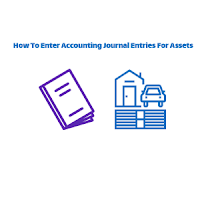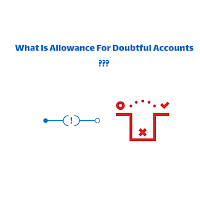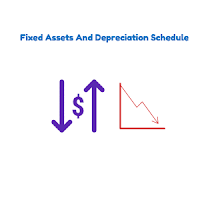How To Enter Accounting Journal Entries For Assets

Previously, we already studied about, “ Journal Entries For Liabilities ” but, here we will study about Assets Accounting Journal Entries in the Book or Journal of the business of Company. Assets are resources of the business and these provide probable future economic benefits to the business. Asset are of two types: 1. Current Assets having one or less than one year life. Examples are Accounts Receivable , Cash , Inventory , Prepaid Rent , Accrued Revenue, Short-Term Investment, etc. Fixed Assets / Long Term Assets / Non Current Assets having life more tha n one year. These include Land & Buildings, Plant & Machinery, Furniture & Fixtures, Office Equipment like Mobile Phones Computers, Laptops, Chairs,etc, Long-Term Investments, etc. Before giving the example, you must understand the General Rule For Assets that is When Assets increases, we debit it and these decrease we credit it. However, the Normal or Favourable or Positive B








